Twisting the dial on the rental car radio, I toggle through the static until a recognizable strain of music bleeds through the noise. The lilting plink of the ukulele strings coming from the speaker is the perfect soundtrack as I point my car north on Highway One, leaving behind the buzz of Waikiki and heading towards the fabled North Shore of Oahu. After three days soaking up the vibrant tourist center of Honolulu, I am ready to slip into a slower-and perhaps more authentic-speed. The North Shore is only an hour by car from Waikiki, but the two locales are more than a world apart. If Honolulu is a power suit, overscheduled blackberry, and trendy tapas, the North Shore is worn-in flip-flops, rotary phones, and comfort food. They are opposites in practically every way.
The North Shore is often known by its TV persona, a surfer’s paradise with an ocean full of wave upon perfect wave. But to the locals, it is simply known as the ‘country.’ As a country girl myself, I feel a magnetic draw as if I am headed home, only to a home I’ve never seen.
The scenery begins to shift from crossroads lined with high rise hotels to undulating hills of green upon green. Fields impossibly full with various signs of fertility fill the windows, as if each one is a viewfinder through which a postcard photo will be snapped. The notes of the ukulele accompanying lyrics that I do not understand slide effortlessly into my ear and bend my power suit soul towards a full day of worn-in flip-flops pursuits.
Halfway to Authentic
In a day that has been marked as the pursuit of the more authentic Hawaii, stopping at the Dole Plantation first- a site overrun with kitschy tourist traps-is a counterintuitive move. I defend this stop with Exhibit A: It was on the way,and Exhibit B: It is a great stop for kids, who I happen to have clambering in the backseat. Originally started as a roadside fruit stand in the 1950s, this is the only remaining pineapple plantation in Hawaii. Despite the facts that you enter and exit through a vastly overpriced gift shop, the attractions outside are not without value for families. We first board the "Pineapple Express" narrated train ride, giving us a kid-approved tour through the working pineapple plantation. Along the way we pass fields of pineapple that represent all stages of growth from baby pineapples to those ready to be harvested. Following the train ride, we take a quick tour through Dole Garden, and then set the kids loose to try their skills on the world’s largest outdoor maze.
After the short stop, we trek back through the gift shop to find what is perhaps the least spendy, but most worthwhile item to purchase-the famous Dole Whip. The swirled pineapple soft-serve ice cream has developed a cult following that I personally don’t understand, but lack of understanding from the outsiders is a hallmark of cult following anyway.
To the Country
Sated by sugary pineapple concoctions, and sweaty from a run through the world’s largest maze, we load up and head back onto the highway. Tunes with a rhythm that blot out any residual Pineapple Plantation kitsch bring me back to the slow state of mind I was seeking. As if taking a cue from the music, the traffic slows to dawdling pace. It is a combination of driving the singular main road on a weekend- when it is always crowded, and the unavoidable pace that those cars are forced to travel when the vistas are movie-magic breathtaking. It’s rubbernecking, Hawaii style.
A Taste of Country
The already slow pace stretches into a crawl during which we have no choice, but to roll down the windows and just-breathe. The air is sweet and crisp, a scent that might be labeled “Pure Hibiscus Laden Oxygen.” Soon, we are driving so slowly that walkers ambling down the wide medians are passing us. They are headed in the direction of a tacky white truck with a cartoon shrimp painted on the side and word Macky’s scrawled in grade school print. I immediately recognize this as one of the shrimp trucks touted by the locals as a great meal, so we pull out of the bumper to bumper traffic and into the 7-11 parking lot that sits adjacent the food truck for lunch.
Macky’s is just one of the several shrimp trucks that grace the North Shore, and locals tend to have their favorites for variety of reasons. I have been told that heated debates can ensue about the best truck, but our decision is based solely on geography-it is the first truck we encounter.
It probably goes without saying, but there is only one thing on the menu at a shrimp truck-big, juicy shrimp. The only choice is what delicious sauce will accompany your shrimp. Lemon pepper, garlic butter, and spicy are the most popular flavors, although coconut shrimp is also available. Macky’s is celebrated in reviews because they offer a small salad and a wedge of pineapple to lighten up the calorie laden drenched shrimp and rice that is typically served.They are also offer a nearby sink, which comes in handy when it is time to clean off the sauce that will inevitably be dripping from your fingertips.
After paying a staggering $12 for a plate of food from a dingy truck parked on a dirt lot next to a 7-Eleven, I began to worry that I had fallen into a tourist trap. Before I had too much time to wonder, my number was called and I was breaking the juicy, white meat out of the shell. After that first bite, I no longer cared if I was a tacky tourist or a savvy traveler. My thoughts were only on breaking into the shrimp as fast as possible, stopping only every other bite to lick my fingers and then return to peeling.
Straddling the Past and Present
Although we resume to travel by car, it is only a short stroll to the center of Haleiwa, a hamlet that proudly proclaims to have one foot in the past and one foot in the present. Best known as the social and artistic hub of the North Shore, the vibe reverberates with the surfer mantra of ‘Hang Loose’
Present day visitors will find the to-do list is low key: wake up, check the surf, and decide which of the award winning beaches to hit. If you are not a surfer-and really, you are on the North Shore, at least give it go– Haleiwa has charming shops housed in plantation era buildings that still echo the whispers of sugar cane field stories. This history seems to radiate from the sun-soaked buildings and smiling local faces. It is a history that richly reverberates with Hawaiian authenticity, and although there is never anything to indicate anything but a laidback feel, there is also a reverence that runs deep.
This reverence keeps a keen eye on the indigenous predecessors who shaped this area of the island. Their history began when the high priests made their holy dwelling in the verdant hills of Waimea Valley and continued through the century when sugar plantations were king. An era of western history merged with ancient Hawaiian culture when Protestant missionaries settled in the area and built a church in the heart of the village.
House of Royal Worship
Founded in 1832 and conducting services entirely in Hawaiian as late as 1940, the Queen Liliuokalini Protestant Church is one of the formal attractions in Haweiwa, although it is hard to call anything formal here. The wood structure that stands on the site is named for Queen Liliuokalini, who was the last monarch to worship in the facility when she was in residence in her country home. To her honor, a unique clock with seven functions and hands was donated to the church. Closer inspection reveals that the typical numbers have been replaced with the 12 letters in the Queen’s name. Watching the seven hands on the clock, including one that makes a revolution once every 16 years is a reminder that time waits for no one, but the recording of time is not as concrete as metaphors would lead us to believe. Time has certainly marched in a slower parade in Haleiwa, and this is the gift she gives freely to anyone who visits.
From the minute our (possibly bare) feet hit the casual streets of Haleiwa, we want to know more about the tales of plantation houses and Hawaiian royalty that created this town. Of course, you can find someone to tell you the stories, but the only way to really know them is to slow down and soak them in, and although we long to stay, our schedule demands that we press forward. From the pull that we feel to stay, it is obvious that our desires are at odds with the air around us.
A Sweet Goodbye
Heightened senses is an unavoidable by-product of spending anytime in the North Shore with the pineapple infused air wafting through postcard scenes of impossible green and blue and a soundtrack of lapping waves. With so much competition, the sense of taste must jockey for position. Haleiwa welcomed us in with the slurping succulence of the shrimp truck, so the aloha when we depart must have a similar culinary endcap. Adjacent to the church, a seemingly interminable line of people can be seen snaking its way along the sidewalk, terminating in the shadow doorway of what seems to be a convenience store. The unassuming sign above the door, M. Matsumoto Grocery Store, seems barely worth a passing glance, much less a line around the corner.
As the ultimate, book/cover/don’t judge trifecta, the folks that enter into the shadows of the wide door, reemerge into the brilliant sunlight with an icy treat that boasts a girth great enough for both hands. Shave Ice is a local treat that is served throughout the island, but Matsumoto is longest continually running shave ice shack on the island. The line, in which tourists and locals both stand, is just a part of the charm. While waiting, there is time to consider the perfect combination of flavors, and time to swap stories. The line at Matsumoto’s is the North Shore equivalent of the office water cooler.
While in line, I learn three things about shave ice. Never denigrate the art by referring to it as a snowcone, to eat it like a local means adding a scoop of vanilla ice cream and red azuki beans, and the delicate construction of drippy colored syrup must be carefully and slowly deconstructed to allow the flavors to meld. The line at Matsumoto’s also serves as an outdoor cultural classroom.
Somewhere Over the Rainbow
Although we are on our way out of the hamlet of Haleiwa, there is one more landmark to literally cross before we depart. The Anahulu Bridge, known colloquially as the Rainbow Bridge, stretches across the 12 mile Anahulu Stream. The stream is known as the longest waterway on the island, although that is merely a dusty encyclopedic fact. To locals, it is a playground, a place for kayaking, paddleboarding, and, if you are young enough, for diving from the white, art-deco bridge. All bridges are captivating both for their architectural beauty and innate symbolism, but this bridge goes the extra mile in presenting a living picture of the importance of peace and patience. The narrow bridge has two lanes for two way traffic, but modern cars are too wide to pass side by side. Instead, each side must give way to the other, a process that happen with effortless, albeit slow, Aloha.
Honu Sweet Honu
Before officially leaving Haleiwa, I stopped in a shop to see if I could get clear directions to what I had heard was called “Turtle Beach.” In line at Matsumoto’s I also asked again. Both times the answer was simple: drive until you see piles of cars parked on the side of the road and that’s the beach. For the first time since leaving Waikiki, I felt a surge of that familiar Type A desire to program the GPS and follow exact road signs. With no coordinates or road signs to follow, I was happily forced to climb in my car and go with the flow.
A couple of miles past the Rainbow Bridge, the promised collection of cars emerged on the side of the road and we happily joined the pack. Crossing the road, we found the narrow strip of rocky sand, known more exactly as Laniakea Beach. Due to the rocks, it was certainly not a good swimming beach, but no one was there to swim anyway. The rocks and the seaweed that clings to them is what makes this little beach so popular with the green sea turtles, or honu as they are called in Hawaii. The opportunity to see this endangered species in its natural habitat is what draws visitors to this beach.
As with any wildlife sighting, I worried that the turtles might not have gotten the memo that we were in town and wanted to see them. Once again, worry was completely unnecessary. The turtles come to greet us with the same Aloha that we have experienced throughout the North Shore. There are several basking in the sun on the sand, completely undisturbed by the groups of people basking in the marvel of standing just stepped from these magnificent creatures. Even more are floating happily in the waves where the sand meets the sea, no doubt munching on the seaweed that brought them here in the first place. It feels like an honor just to stand where they are swimming. For their part, the turtles seem unimpressed with us.
The Wonder of Waimea
The enchantment of Waimea Valley encompassed even the earliest travelers to Oahu. For 700 years the narrow valley set between the towering mountains was the home to the most sacred peoples in Hawaiian society-the kahuna nui, or high priests. In addition to the 5,500 species of plants, it also holds some of the rarest and most important native Hawaiian archaeological sites, including temples, burial caves, and stone shrines built to envoke prosperous fishing. The sacred beliefs about the valley remain as strong today as they did for the ancestors who lived in this valley. Just as the ancients brought their wounded to these waters, people still come to Waimea to swim in the healing waters of the waterfall.
We slowly made our way to the lowest point in the valley so that we can see this healing waterfall for ourselves. Our progress is slow through the ¾ mile hike, for although the terrain is gentle and paved, the delightful distractions are many. Flora and fauna of every kind grab our attention as we meander down the path. When it is not the natural beauty slowing our hike, there are aunties stationed along the path to introduce more of the Hawaiian culture through music and games. Yes, the progress is slow, but meaningful.
In the clearing, we can see the waterfall, which drops 45 feet into a calm, deep pool. Swimming is allowed when lifeguards are on duty, and in between cliff diving presentations. A dip in the healing waters that runs red with iron oxide from the volcanoes (Waimea means red-water) takes some bravery, as the waters are quite cold. If any healing is to happen, it will have to happen through my toes. The water is far too cold to venture in too deeply.
As we begin the hike back to the top of the valley, we are still steadily walking on the civilized paved road, but the wild nature of the jungle is apparent off the trails. It is easy to see why TV show “Lost” and movies “Rise of the Planet of the Apes” and Journey to the Center of the Earth 2” chose to film with this rugged wilderness as their backdrop. Our steps slow even further, as we find more beautiful flowers that we missed on the way down and we aimlessly try to capture their magic on film.
Looking up the massive leaves and trees has a Lilliputian effect on us as we realize our relative smallness in the scheme of time, and somehow the word “Lost” keeps coming to mind. We seem to have lost a great deal on our trek into and out of this mystical valley and the surrounding country known as the North Shore. We have lost all track of time. We have lost the desire to hurry from one thing to the next. We have lost the need to think about the next moment before this moment has even passed. Perhaps there is some sort of healing in this valley, and the surrounding area, after all.
For a unique WWII site, check out this post on Opana Point
If you are looking for surf lessons on the North Shore, try Turtle Bay Resort
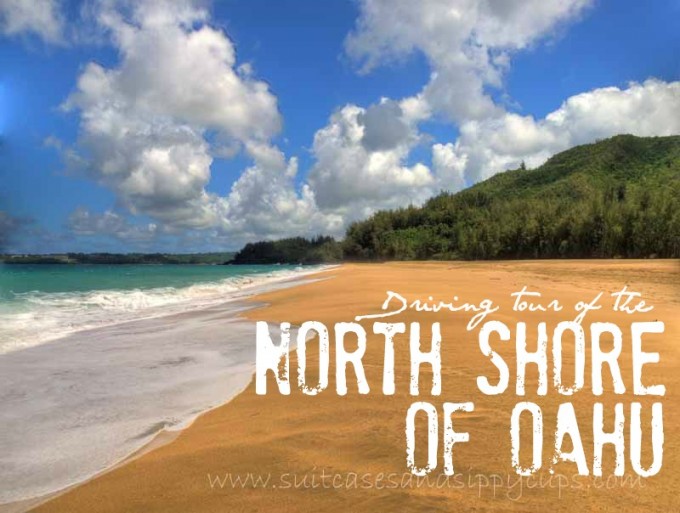
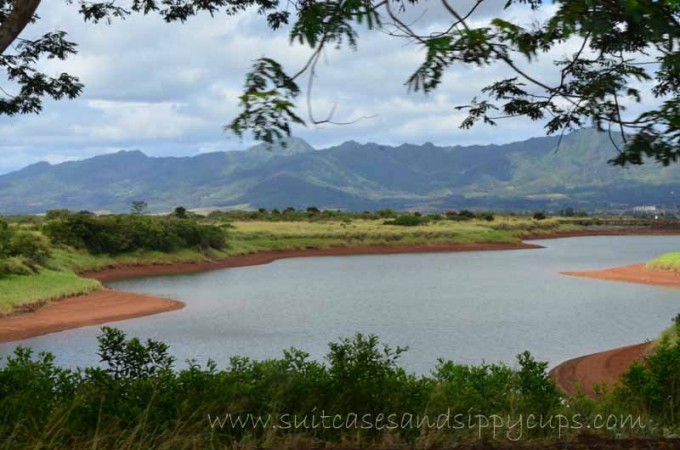
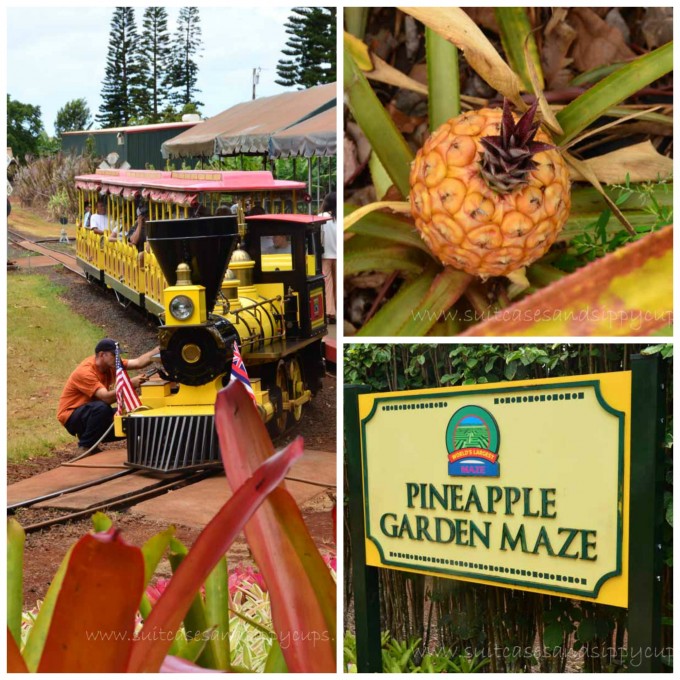
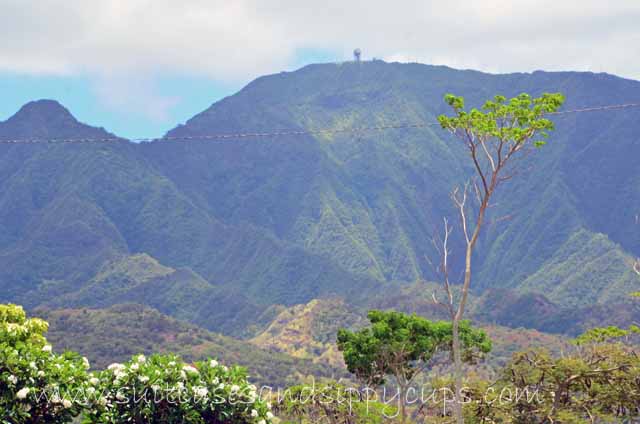
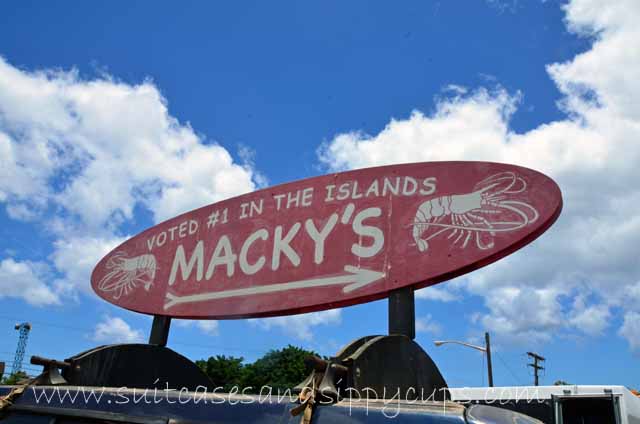
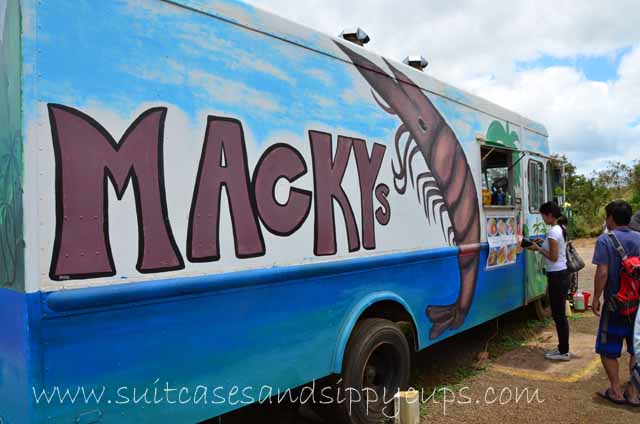
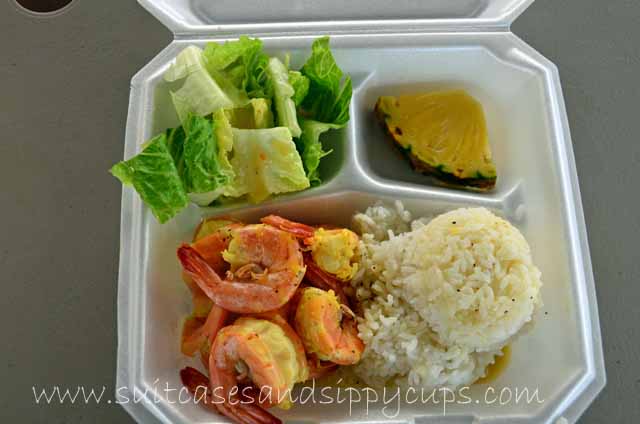
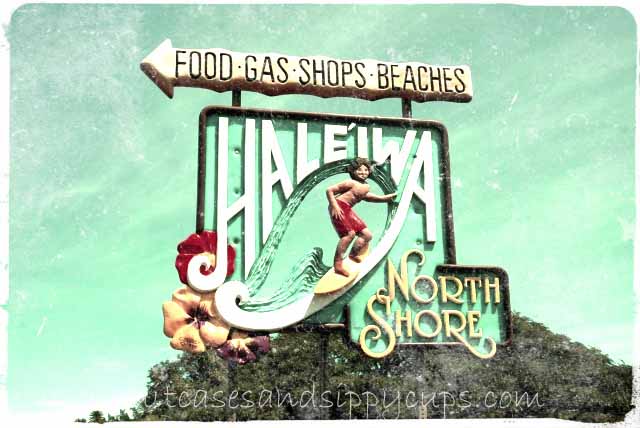
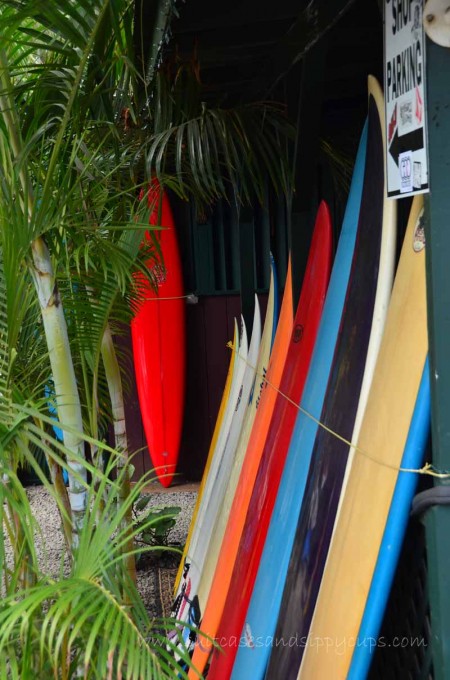
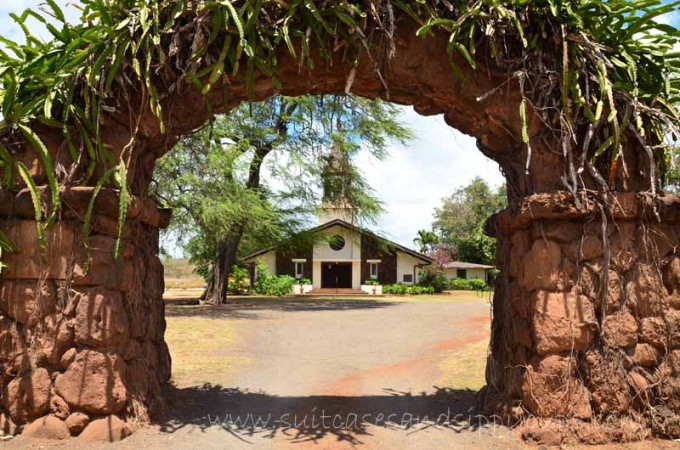
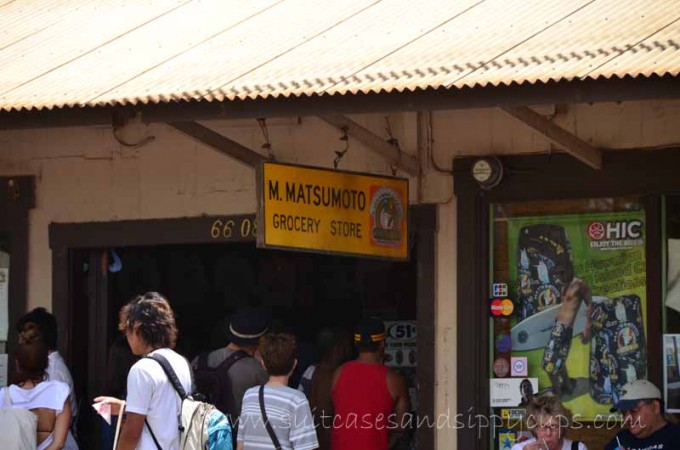
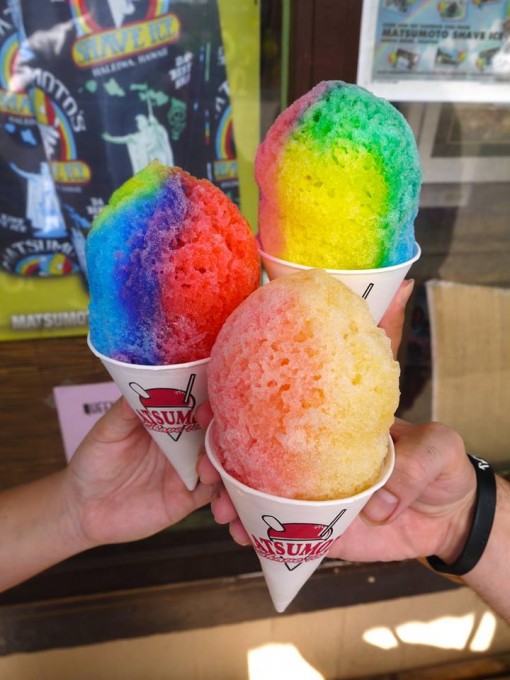
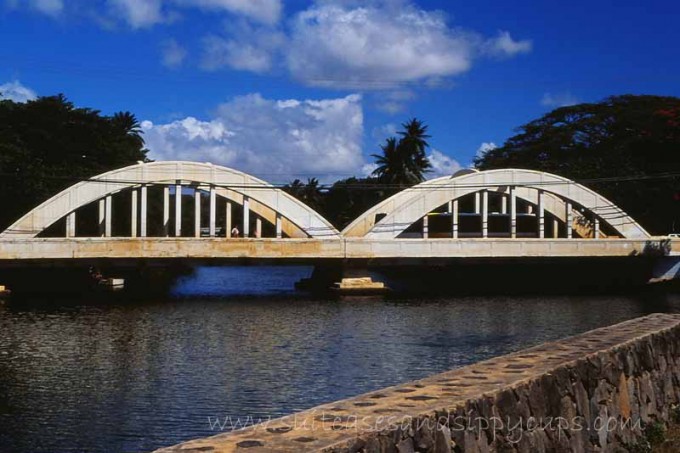
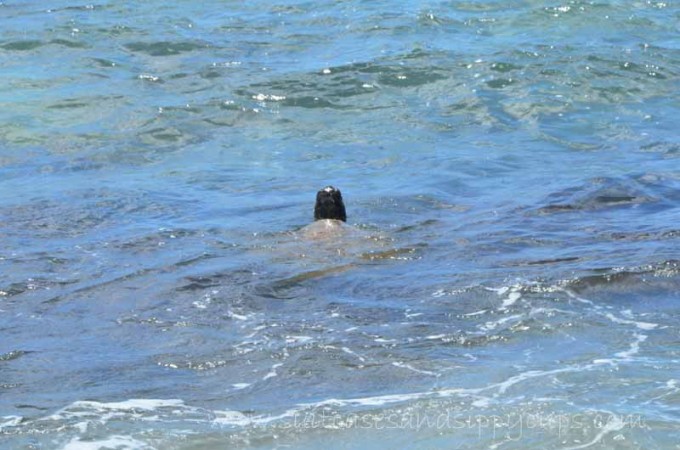
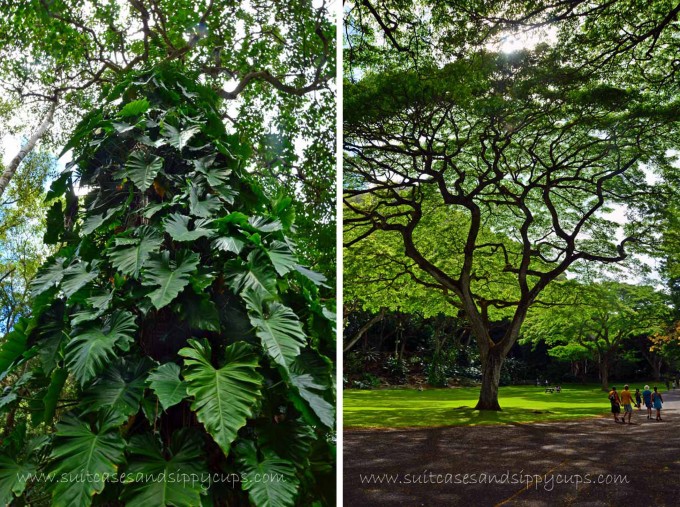
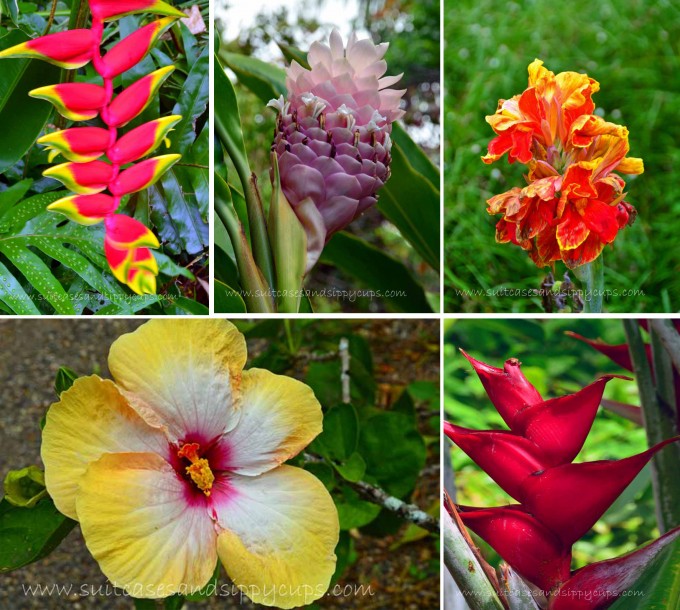
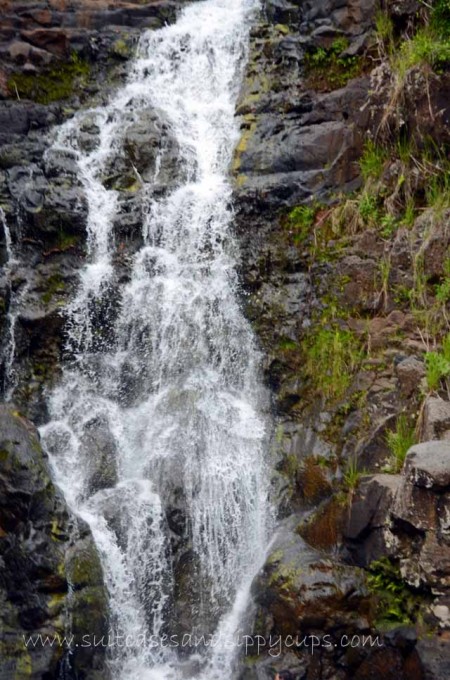
This looks so beautiful. What a wonderful vacation road trip. I really hope I can get to Hawaii with my kids one day.
Amanda @ MarocMama recently posted…Adventure Sports in Essaouira